Bioluminescence: Where to go to see this incredible natural display, from Anglesey to New Zealand
It's easy to think of bioluminescence — the magical night-time glow produced by insects and sea creatures — as a phenomenon only found in the tropics, but as these images show it's also something you can find closer to home.
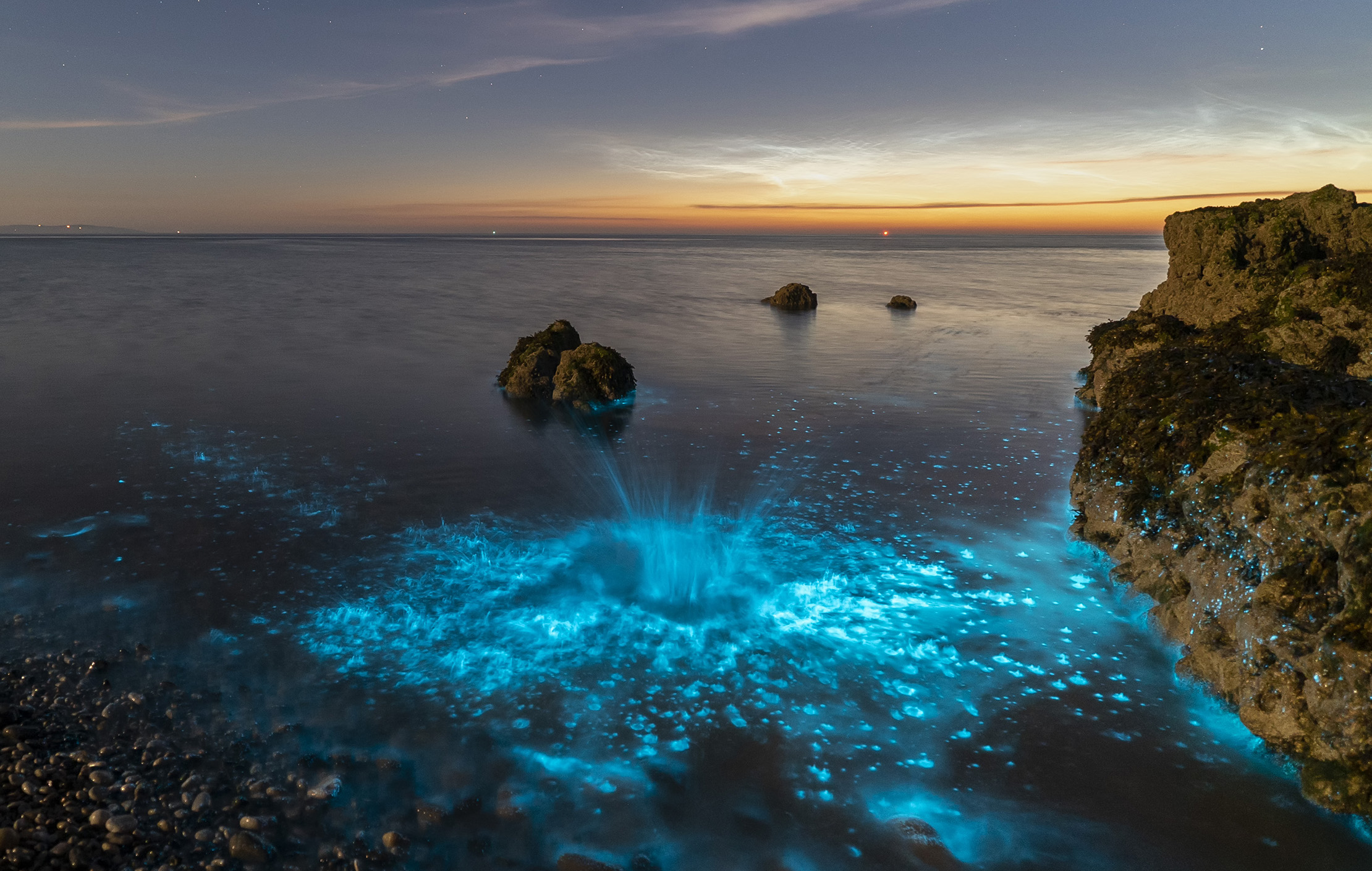
Bioluminescence in the sea is most often caused by collections of cyprinid ostracods, small planktonic crustaceans in the sea – and they're generally spotted in the tropics.
Not always, however. Photographer Kris Williams caught these images off the coast of Penmon Point, Anglesey — a great piece of luck in itself, but almost incredibly he caught the images on a day when the Northern Lights were visible too.
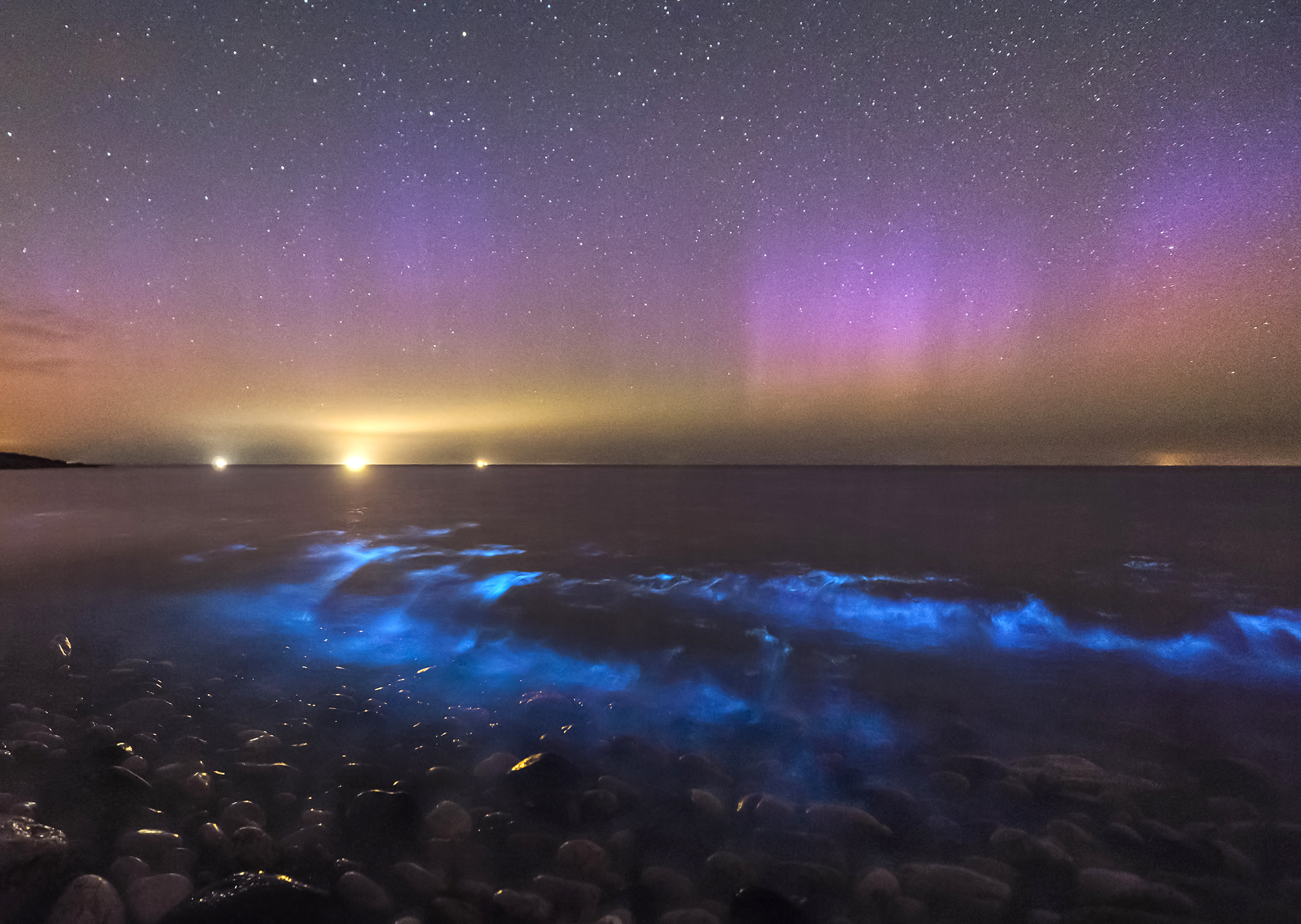
'As with most natural phenomenon, it is a huge challenge to put yourself in the right place at the right time,' Kris explains.
'Blooms of bioluminescent plankton are notoriously difficult to predict, and they occur most often far out in the ocean. It is only when tidal currents cause them to be washed towards the shore in large numbers that you will be able to see them from land.'
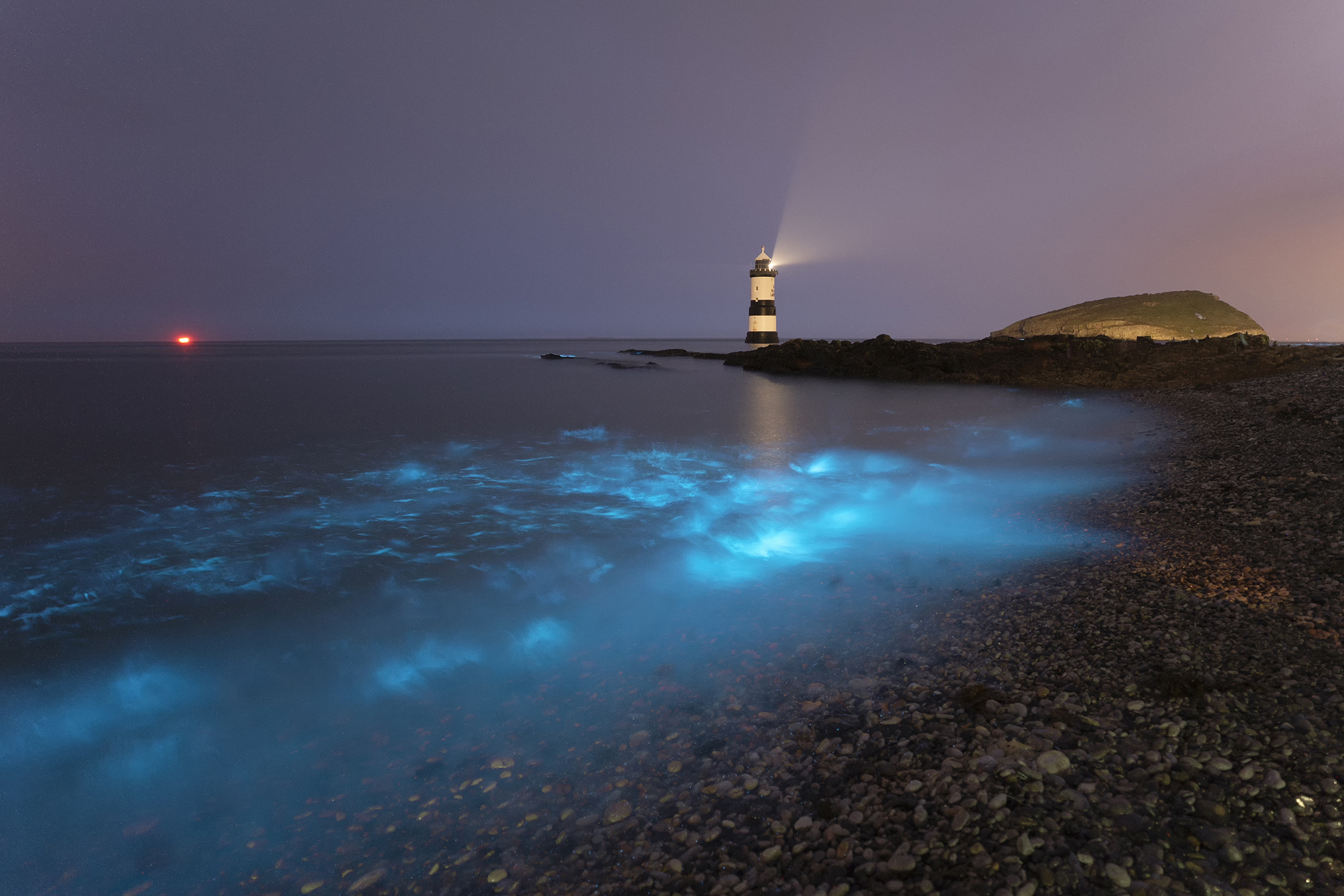
Places such as the Maldives are famous for luminous plankton showing up beneath the waves, but there are many other places in and near Britain where you can see this stunning natural phenomenon – not all of them underwater, as this glow worm in Devon shows.
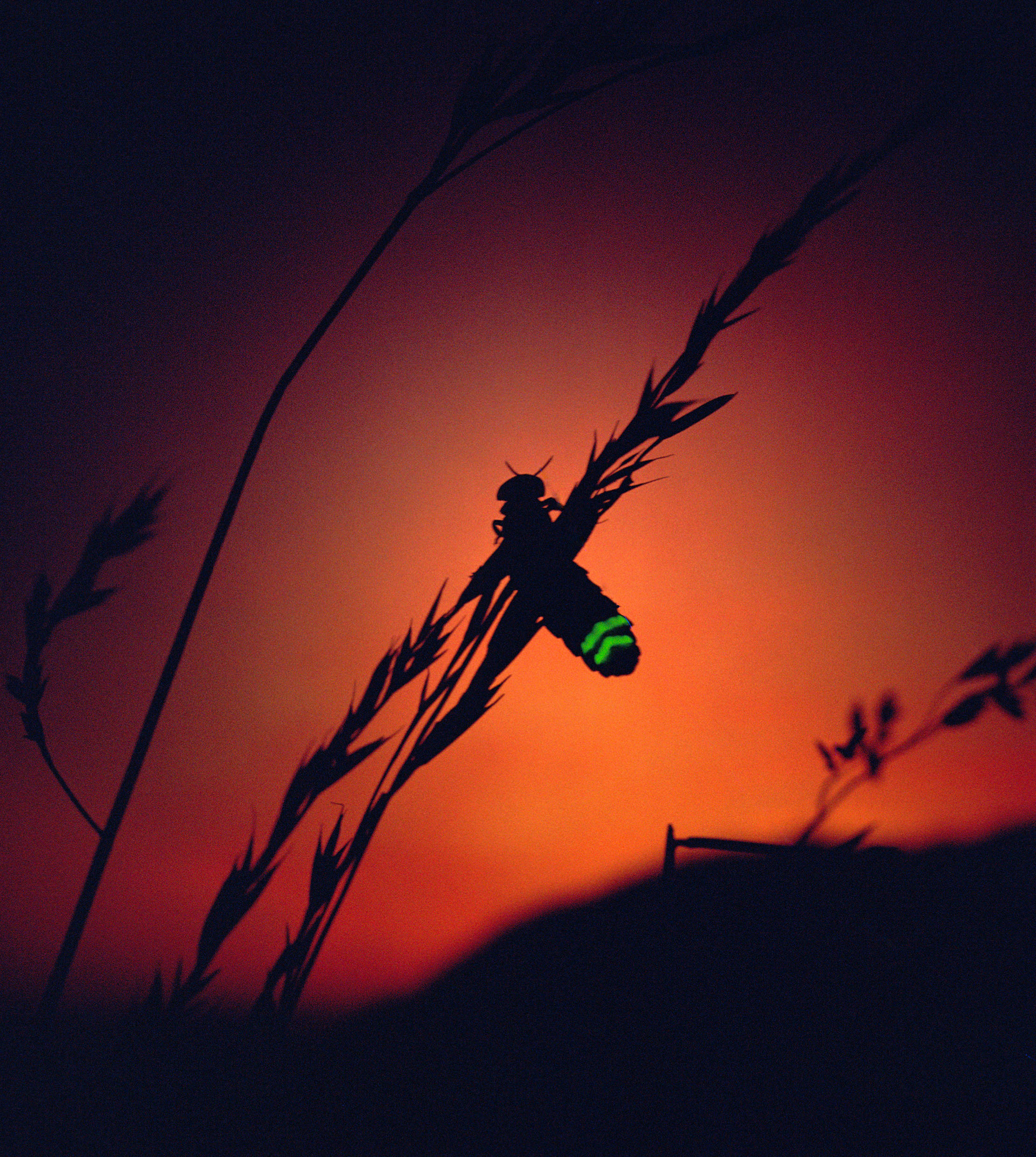
Elsewhere in Europe, the Mediterranean has several spots where you can see bioluminescence. The Blue Grotto in Malta is known for it, while this coral off the coast of Slovenia demonstrates incredible fluorescence.
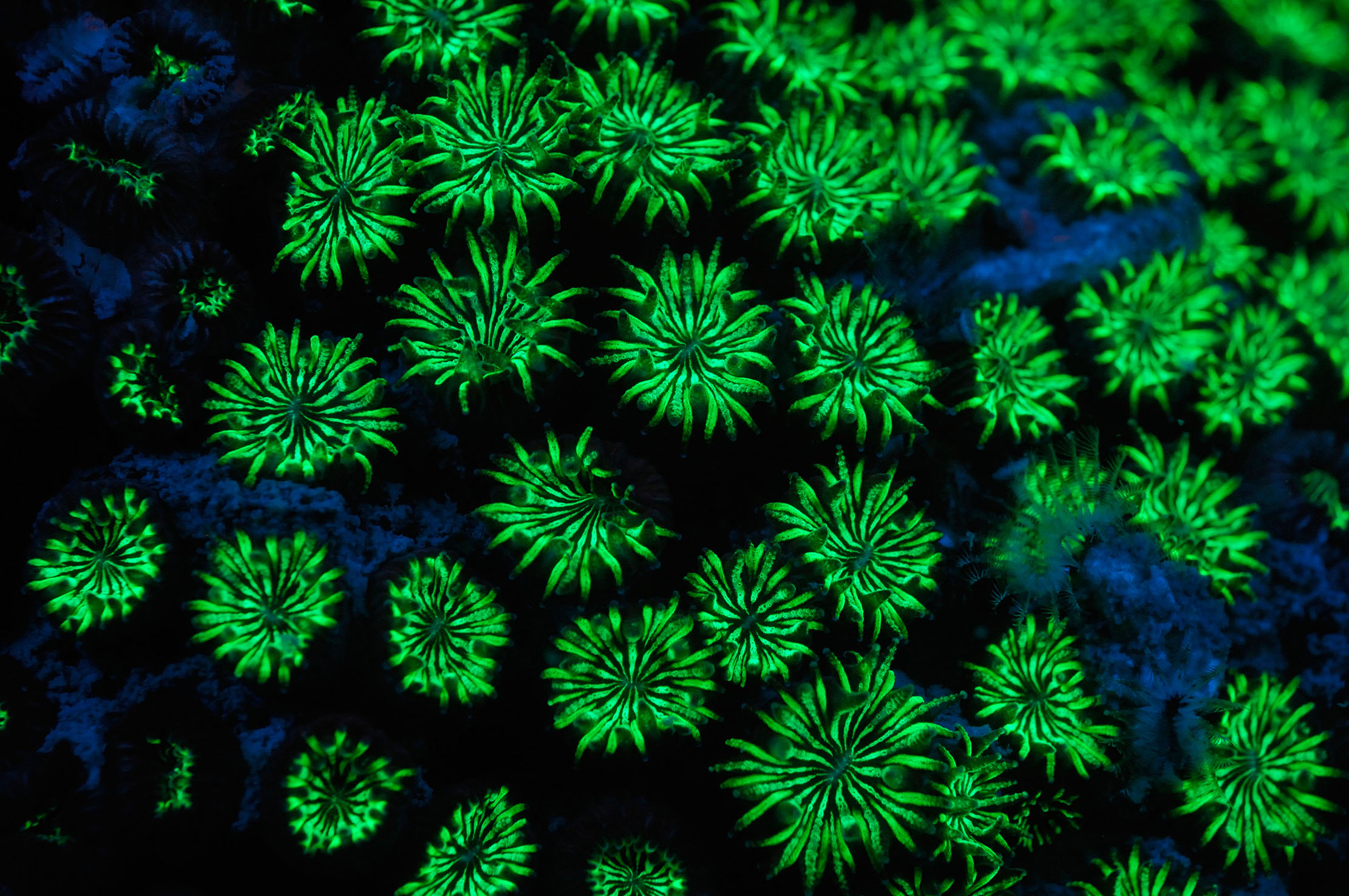
The USA, Japan, Thailand and the Caribbean also witness this phenomenon from time to time. And for an astonishing display without getting your feet wet, the glow worms at the Waipu Caves in New Zealand are hard to beat.
Exquisite houses, the beauty of Nature, and how to get the most from your life, straight to your inbox.
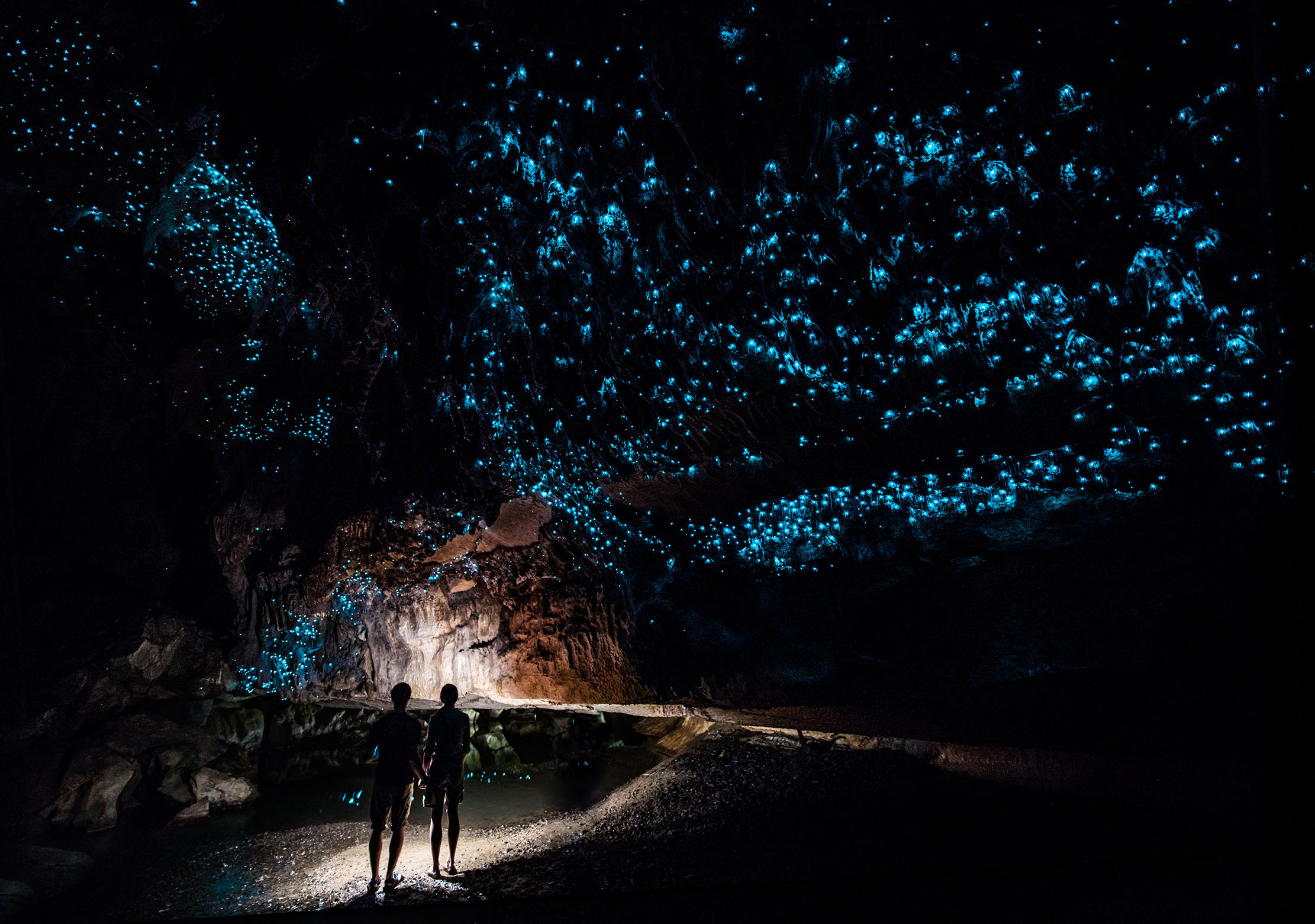
Capturing images of bioluminescence can be tricky, but Kris and fellow photographer Doug Perrine have shared their tips on the website of travel company Kuoni:
· Do your research and visit locations where bioluminescence has been seen before
· You have a better chance to see bioluminescent plankton in the warmer the months between April and November
· If you hear of a display happening near you, try the same spot again the next night. Some displays occur for a night, others can stay for several weeks
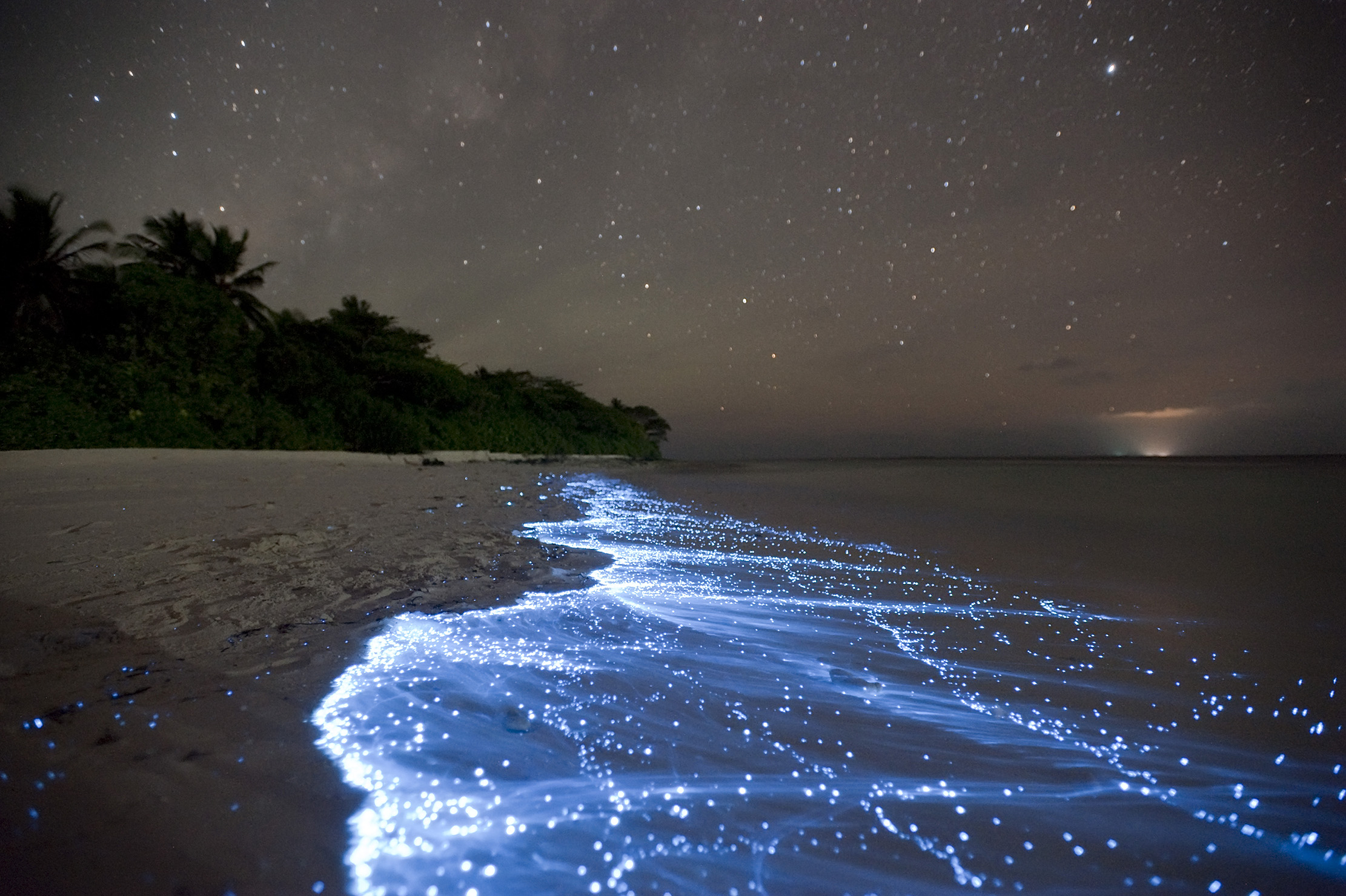
· Plankton have a circadian rhythm and will only emit bioluminescence during the night time. You need the darkness in order to be able to see them properly
· It is sometimes possible to identify the blooms during the day by looking for clumps of red algae in the water near the shoreline – this is a good indicator that a larger plankton display will be visible here at night
· When search a beach at night, turn off your torch, phone light and any other lights, and let your eyes acclimatise to the darkness. If you are shining an artificial light onto the water then you won’t see the plankton glow at all, you need darkness to see them
· For bioluminescence to occur, the plankton needs to be moved or disturbed. Usually you will see their blue light when the surf crashes onto the shoreline. If the sea is particularly calm, it’s worth agitating the water to check; throw a stone into the sea and if the plankton is there you’ll be rewarded with a bright blue splash of light.
· Use a tripod (seriously, use a tripod!) And if you’re on soft sand allow time for the tripod to stop sinking and settle. If not, the sinking motion will only contribute to a blurred photo. Set up the tripod as close to the shoreline as possible, nice and low to the ground.
· Use a shutter release cable or remote so that you don’t shake the camera when pressing the button to take your photo (if you don’t have one to hand, use the camera’s self-timer feature)
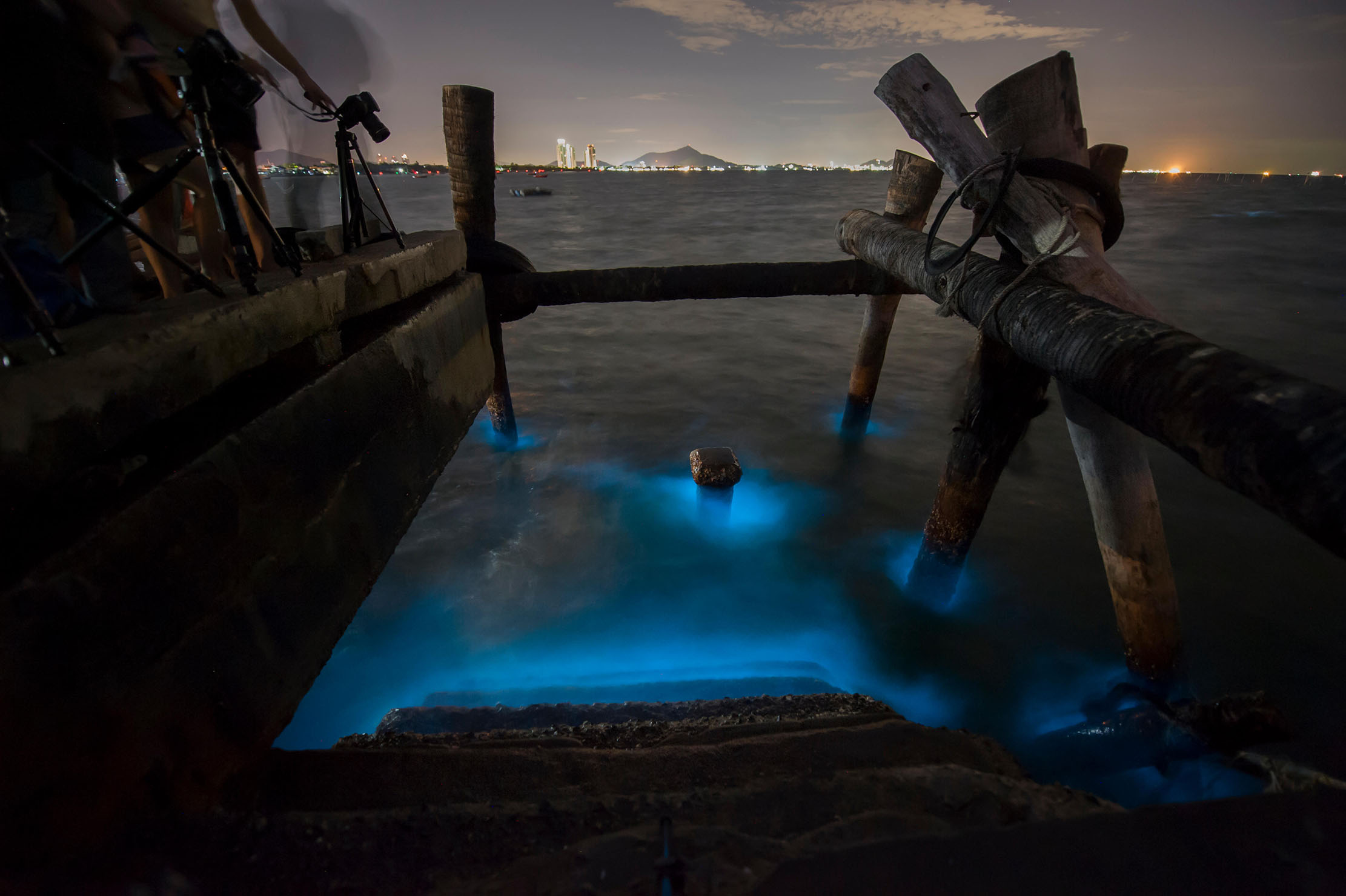
· Use manual focus (ideally) because your auto-focus will struggle to function due to the darkness
· Play around with long exposure times and use a wide aperture of F/2.8 {or as low as you can go to allow as much light to come through and hit the sensor) and a relatively high ISO setting depending on how much light from resorts or harbour lights is around
· Fire your exposure as the wave comes towards you, and as the camera is taking the long exposure you’ll then capture the bioluminescence as the wave breaks on the shoreline
· Be as creative as you like, if you want to capture photos of yourself of friends in the surf then all they need to remember is to stay as still as possible during the exposure.
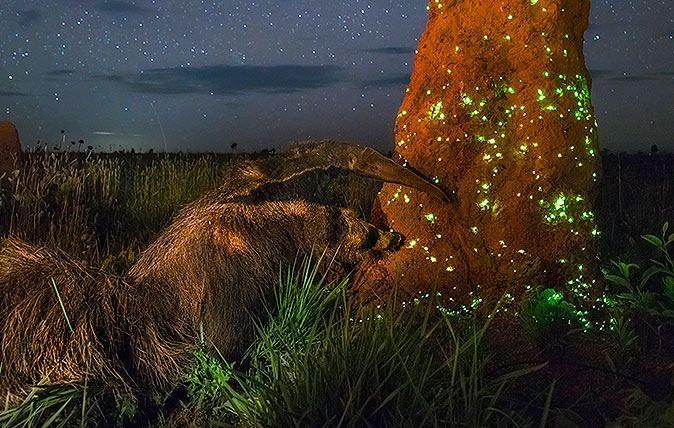
The Wildlife Photographer of the Year winners are inspiring, funny, uplifting – and shocking
The winning images from the Natural History Museum's 53rd Wildlife Photographer of the Year competition will make you laugh and

Wildlife Photographer of the Year: 13 magnificent pictures and the stories behind them
The stories behind these shortlist pictures from the Natural History Museum's much-loved Wildlife Photographer of the Year competition are as

Credit: Getty Images
Eight spellbinding photographs celebrating the wonder and beauty of the British winter
With the chill of winter comes misty mornings and mountainous snowdrifts... a host of elements which combine to create the

Credit: Images supplied by www.lightandland.co.uk
11 outstanding images from a new show celebrating the incredible heights that landscape photography can reach
A new exhibition shows how modern technology has pushed landscape photography to undreamt-of levels, as the magnificent images on this
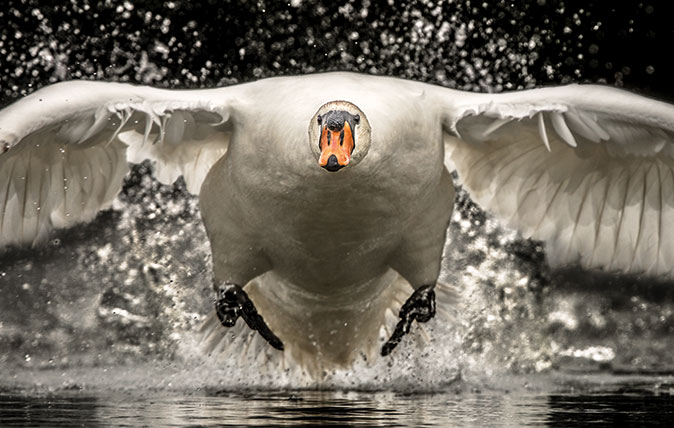
The magical beauty of Britain, shown at its very best by the British Wildlife Photography Awards
Over the course of the last 10 years the British Wildlife Photography Awards have done a wonderful job of showcasing
Toby Keel is Country Life's Digital Director, and has been running the website and social media channels since 2016. A former sports journalist, he writes about property, cars, lifestyle, travel, nature.

